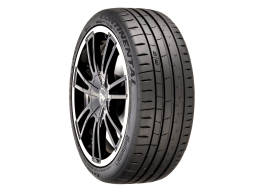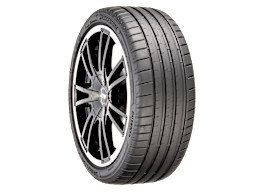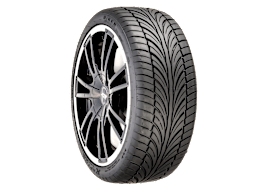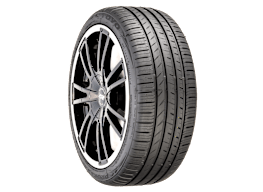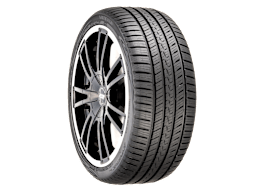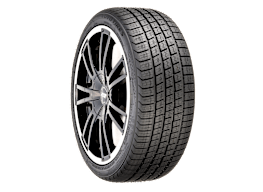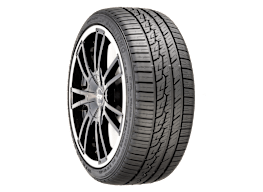Does a Spare Tire Expire?
It may be hidden away, but it should not be forgotten
If you’re lucky, you’ll never have to use a spare tire. Some people might go years without needing to use it, or even avoid removing it from the spare tire well or from under the vehicle during the entire ownership period. It may be hidden away, but it should not be forgotten. In fact, you should check and adjust its tire pressure at least seasonally. And know that, like bread, tires do expire.
“Unless specified, you should get a new spare tire at 10 years to ensure it is safe to use,” says Ryan Pszczolkowski, CR’s tire program manager. “You should inspect your spare tire periodically to look for any cracking or dry rot.” This task can be done when you’re checking the tire pressure.
@consumerreports Pro tip: check the air in your spare the same time you check your other tires. See tire ratings and reviews at cr.org/tires. #carstok #carsoftiktok #tires ♬ original sound - Consumer Reports
If your spare tire is on the exterior of the vehicle, such as underneath an SUV or pickup truck, you’ll want to be extra vigilant because the tire is exposed to the elements. Bolts exposed to the weather, and especially road salt, can corrode, making it difficult to lower the tire. It’s smart to remove the tire once a year to make sure it’s still accessible—better to address a stubborn bolt or other issue at your convenience rather than on a dark, rainy roadside.
Make sure the air pressure is in the recommended range. Spare “donut” tires typically require more air pressure than a new full-size tire. Check the air in your spare at the same time you check your other tires, and top off as needed. Tire pressure drops as the weather gets colder. A typical car tire measured at 30 psi during 80-degree temperatures will register 25 psi when the outside temperature drops to 30 degrees. In other words, a tire drops about 1 psi for every 10 degrees, meaning the change of seasons can have a significant impact on pressure.
CR tip: The last two digits of the DOT number on the sidewall of the tire indicate the year the tire was manufactured.
This article has been adapted from an episode of Talking Cars.
More Car Questions Answered
• Do New Cars Still Require a Break-In Period?
• Should You Always Replace Car Tires in Pairs?
• Do Car Headlight Restoration Kits Really Work?
• Why Do Some Cars Have Red Turn Signals and Others Yellow?
• Is Age or Mileage More Important When Buying a Used Vehicle?
• How to Get Rid of the Musty Smell From Your Car’s Air Conditioner
• Will You Void a Car Warranty by Not Having Your Car Serviced at the Dealership?




















